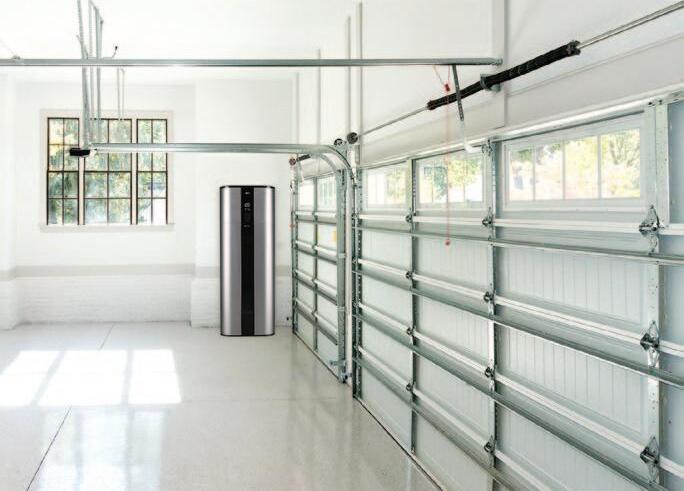


























































































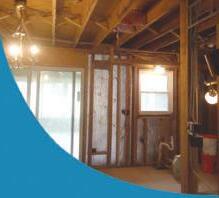
A fully finished and functional basement is a dream for many homeowners. Such a space, when completed, can serve as an entertainment space, a man cave, an artist’s studio, or any number of additional functions.
Despite their usefulness, finished basements are something of a rarity. In an analysis of data from the U.S. Census Bureau’s Survey of Construction, the National Association of Home Builders® found that only around 24 percent of singlefamily homes built in 2018 have basements. Homeowners who do not currently have a finished basement but are considering such a project can approach the
remodel with a few key factors in mind. Careful consideration of these factors can ensure the project is budget-friendly and worthy of homeowners’ investments.
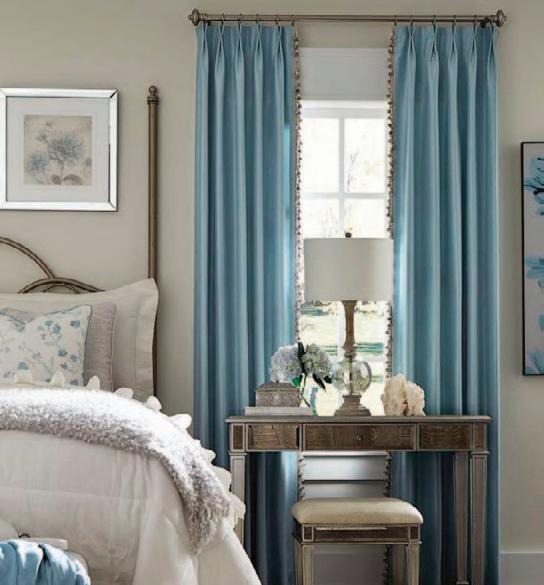

• Investment value: Conventional wisdom among home renovation and real estate experts suggests that a basement remodel is best if done to satisfy current inhabitants and not necessarily to appeal to prospective buyers once the home is put up for sale.

Remodeling magazine reports that a midrange basement remodel costing around $70,000 will provide a return of around $49,000 (or 70 percent) at resale.
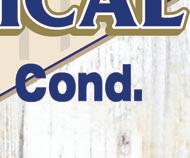


Though that’s not a poor return on investment, home- owners who are remodeling a basement solely for the potential ROI at resale can find other projects that provide a greater return.
• Foundation: The foundation of the home must garner ample consideration before beginning a basement remodel. Certain foundation issues, such as soft concrete,











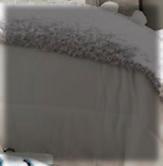
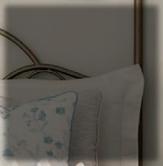










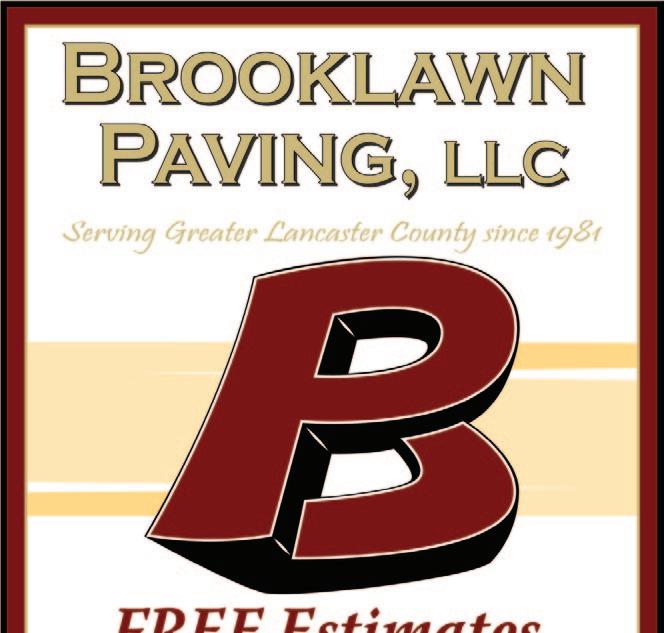










cracked or curved outside walls and cracks in the flooring, are indicative of significant issues with the foundation. These issues can be costly to address, and they must be remedied before the basement remodel can begin.


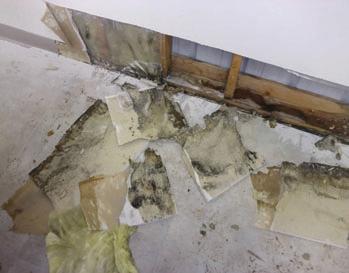
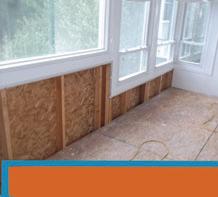
• Existing space: Some homeowners may have bought their homes with

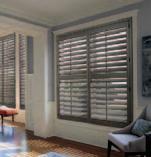

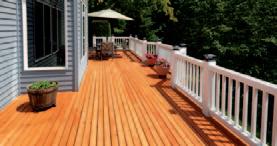
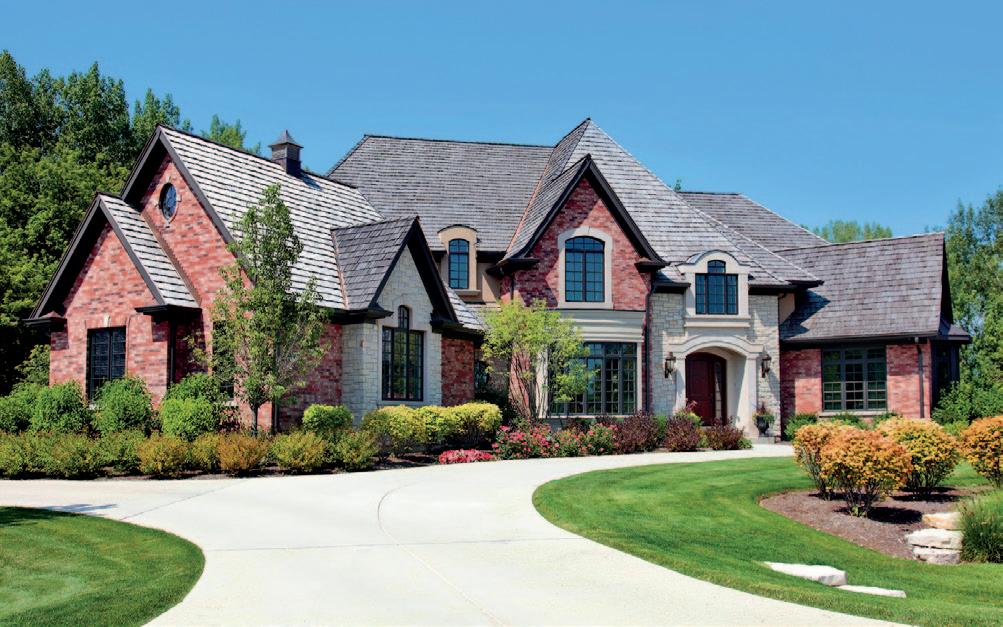

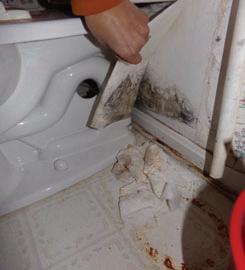
partially finished basements or even finished areas that they simply want to remodel. In such instances, a preremodel inspection from a licensed home inspector can save homeowners lots of money and heartache over the long haul. Partially finished or even aging finished basements might not have been renovated in adherence to codes, which could lead to costly violations down the road. An inspection in advance of a remodel can give homeowners an idea of what they will need to do to bring the basement up to code. Local officials also can provide a list of necessary permits and a detailed description of requirements to ensure the remodeled basement adheres to code.
• Soil: Soil surrounding the home should be tested prior to beginning the project. Radon is an odorless gas found in soil that the U.S. Environmental Protection Agency notes can increase individuals’ risk for lung cancer. Radon can seep into basements and increase that risk even further if it is present at elevated levels in the soil surrounding a home. Radon tests are simple and inexpensive, and no basement remodel project should begin without first conducting such a test.

Finished basements are valuable spaces. Homeowners who want to finish or remodel their basements should consider a host of factors before beginning the renovation.
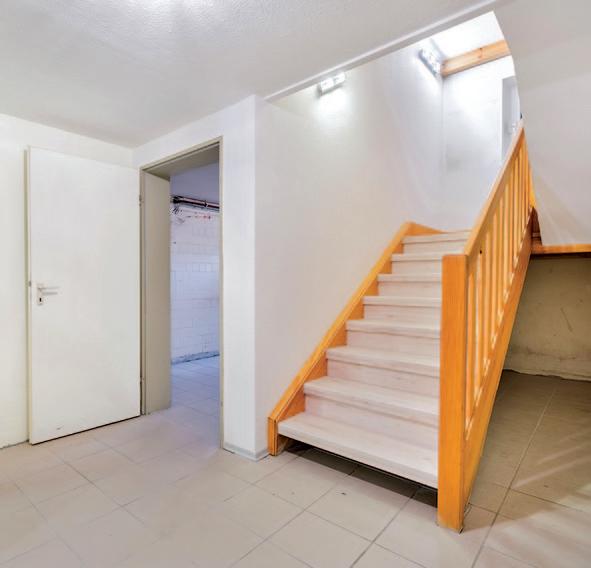
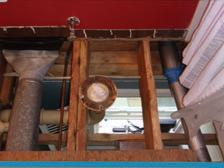
When asked to think of modern homes, many people might think of minimalism, neutral colors, open concept floor plans, and large windows without treatments. While each of those features are components of modern homes, just what qualifies as “modern” is ever-changing and often a reflection of what buyers are looking for. And lately, many buyers are looking for all-electric homes.

A 2015 study by the U.S. Energy Information Administration found that the number of all-electric homes had increased over the previous decade. In fact, the EIA study found that 25 percent of homes in the United States used only electricity. All-electric homes are generally considered more environmentally friendly because they lessen homeowners’ carbon footprint by reducing their need for fossil fuels like natural gas. Electric heat pumps, induction stoves and electric fireplaces are just some of the technologies that can be found in all-electric homes. Though the design style of all-electric homes needn’t be modern, there’s no denying that the growing popularity of such homes makes them an option for homeowners with modern sensibilities.




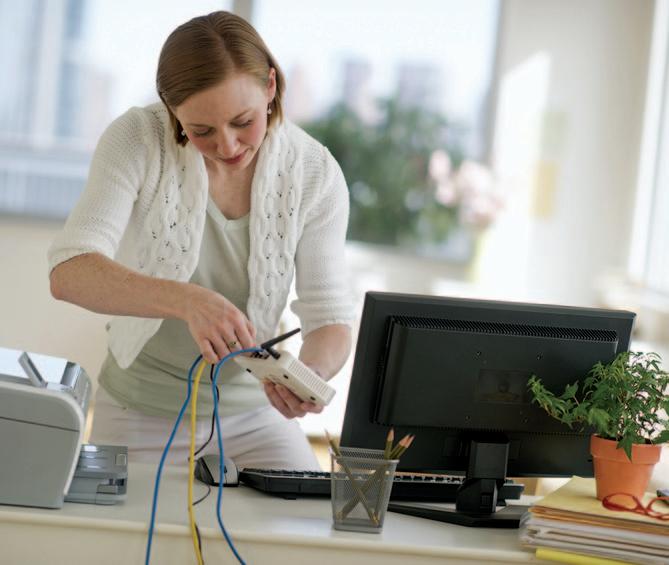
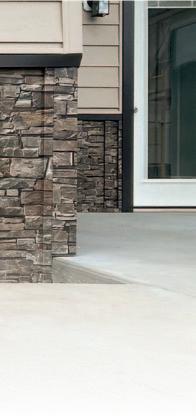
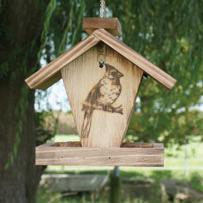

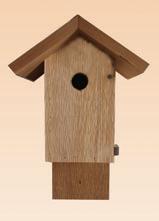
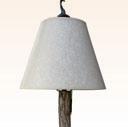

Speedy, reliable internet is something people have quickly grown accustomed to. That’s no doubt why dropped WiFi signals can be so frustrating.
Various things can contribute to slow or interrupted Wi-Fi. As a result, there’s no one-size-fits-all solution to address underperforming Wi-Fi. But that’s good news, as it means there’s an assortment of strategies that consumers can try to improve the Wi-Fi in their homes.
• Upgrade your router. Many people rent their routers from their internet service providers, but it may surprise some to learn that they can buy their own. Buying your own router can be beneficial in various ways, not the least of which is it can save money. Router rental fees vary, but they typically cost between $10
and $15 per month. Consumers will save money in the long run by buying their own router rather than renting one from their ISP. When buying their own routers, consumers also can pick from a host of options, including routers with strong performance ratings that
may contribute to better WiFi performance.
• Set up automatic firmware updates. It’s easy to forget a router after it’s been plugged in and internet service starts working. However, manufacturers routinely issue firmware updates to improve router performance.
Turning on automatic updates may improve WiFi performance, and such updates also can provide a host of additional benefits, including added security measures.
• Relocate the router. PCMag.com notes that the location of the router can affect WiFi performance. If possible, locate the router in the center of the home so it can easily reach all parts of the house. Locating wireless routers away from walls and other obstructions also may improve performance.
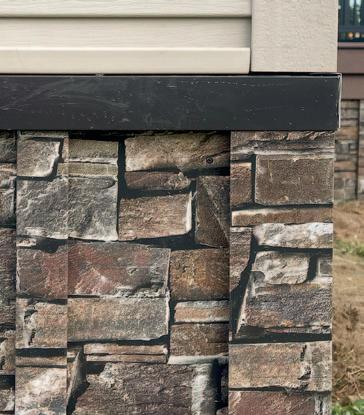
• Switch frequencies. Switching frequencies can help wireless consumers whose service might be
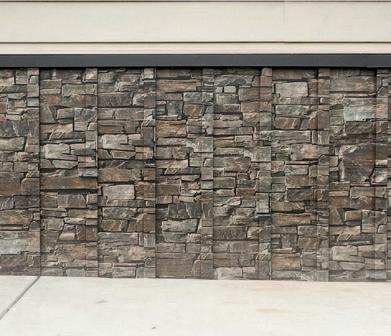
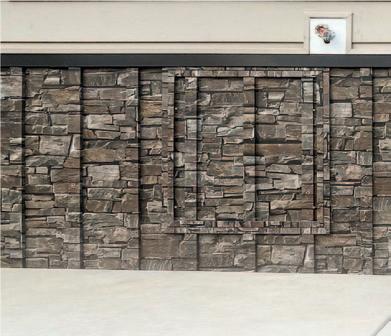



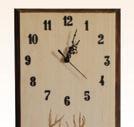

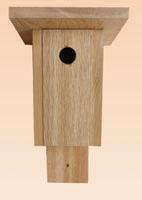


adversely affected by congestion. Consumer Reports notes that wireless congestion can affect WiFi performance in apartment buildings and densely populated neighborhoods. In such instances, consumers can check their routers to see if they’re running on the 2.4 GHz frequency band. If so, switching them to the 5 GHz band, which has more channels and is likely to be less congested, may improve WiFi performance.
Slow and/or interrupted WiFi signals can be very frustrating. Thankfully, various strategies can help consumers quickly remedy such issues.

Many components combine to define a home’s interior. Some homeowners may be partial to certain styles, such as ultra modern or farmhouse, while others may opt for a more traditional look that cannot necessarily be categorized as one style or another. Though many homeowners may spend considerable time and devote a lot of energy to making their home embody a certain style, those who aren’t willing to commit to a particular look can lean on one component to make a stylish statement all their own: paint.
Color can be a part of every homeowner’s design arsenal. Bold colors can be used to create a stunning accent wall, while homes with open concepts often utilize color to define rooms. Homeowners who want to revitalize their home interiors can do so with paint, and this approach doesn’t require homeowners to commit to a whole new design style.
Though paint may seem simple to novices, homeowners who have painted home interiors in the past

Wood flooring is gaining an eco-friendly reputation and status as a smart investment, as consumers become more savvy about green products and sustainability.
To create a healthier home environment, indoor air quality will be better with wood floors, especially for people with asthma or breathing problems. Wood floors won’t provide a hiding place for pollen, animal dander, mold, and other allergens. Since they don’t accumulate a lot of dust and debris, maintaining them can be as simple as using a soft-bristle broom, dry mop, or brush-less vacuum.



If you are remodeling your home or building a new one, it is helpful to understand the options available in wood flooring. “Solid wood” flooring is made from a single piece of wood and comes in three basic types:
• Strip flooring accounts for the majority of

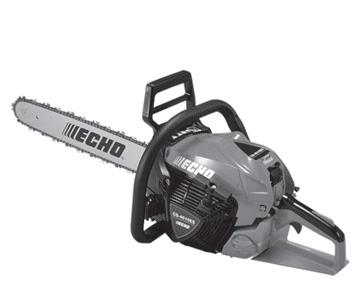

















installations. Strip widths range from 1-1/2 inches to 3 inches, but usually are 2-1/4 inches wide.

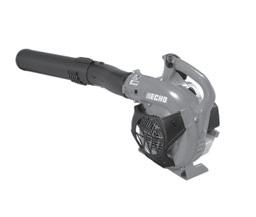






• Plank flooring boards are more than 3 inches wide.
buildings, lofts, and rural structures, which is an ideal choice for green flooring. Wood can also be salvaged from urban areas, orchards, and river and lake bottoms.
• Parquet flooring, conducive to dramatic geometric effects, comes in standard patterns of 4-inch by 4-inch blocks, with specialty patterns ranging up to 36inch square units.
The thickness of solid wood flooring can vary, but generally ranges from 3/4 inch to 5/16 inch. One of the many benefits of solid wood flooring is that it can be sanded and refinished many times.
Engineered wood floors are real wood floors that are manufactured using three to five layers of wood, with the wear layer a species of choice. The sublayers can be of the same species, or of different species. Engineered floors can be sanded and
refinished, but not as many times as solid wood flooring. All hardwoods are sustainable and are available in a wide variety of styles,
species and colors.
Often an overlooked resource is reclaimed wood, or wood from old barns,


Reclaimed wood is oldgrowth timber, which is harder, denser, and more stable than wood from young trees. It also tends to have fewer knots. Using reclaimed timber as recycled wood for flooring can make a home beautiful and unique. Nail holes, cracks, marks, and dents are part of the appeal and the history that lies within the floor. Wood is sustainable, and wood flooring is a proven “green” choice. It will look as good now as it will in 10, 20, and in some cases, 100 years into the future. Known for their warmth and beauty, wood floors give a humanizing touch to any setting, and their versatility enables a range of looks from formal to modern. 9 9 9 9 9
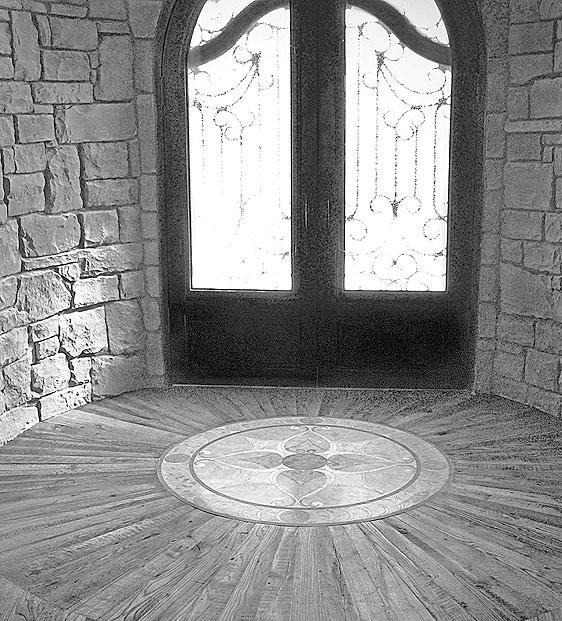
recognize how complicated the process of picking paint can be. Paint retailers have a seemingly endless swatch of paint colors to choose from, and before long homeowners heads may be spinning as they try to narrow down their options. The following tips can help homeowners pick the

perfect paint for their home interiors.
• Take stock, and photographs, of your current furnishings. Many interior designers rely on a simple technique when recommending color schemes to their clients. Choose a standout color from existing furnishings, such as the
dominant color from a patterned decorative pillow or piece of furniture, and then look for the same shade to paint the walls. A photograph of the item can be handy when visiting the paint store.


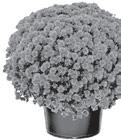
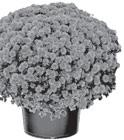


• Lighten colors as you go up. The home renovation and design experts at HGTV recommend picking darker color values for the floor, medium color values for the walls and light values for the ceiling. This approach
mimics the look of the great outdoors, where the ground tends to be darker than the trees, and the trees are darker than the blue sky.
• Utilize paint to create the vibe you want. The home renovation experts at This Old House note that colors evoke an emotional response. Cool colors like blue and green give off a relaxing vibe, which makes them ideal for bedrooms and bathrooms. Red is an intense color that can up the
energy ante in any room, which can make it an option for homeowners who want to spark debate around their dinner tables.
• Give personal preference its place at the table. Though interior designers may have years of experience picking paint colors for a home and researchers may have determined how certain colors can be utilized to create a desired ambiance in a given room, ultimately homeowners are the ones who will be living in the home. So it’s important that homeowners pick colors they like for their home interiors.

Paint is an inexpensive way to transform a room. Homeowners can rely on a combination of color strategies and their personal preferences as they try to decide which colors they want on their interior walls.

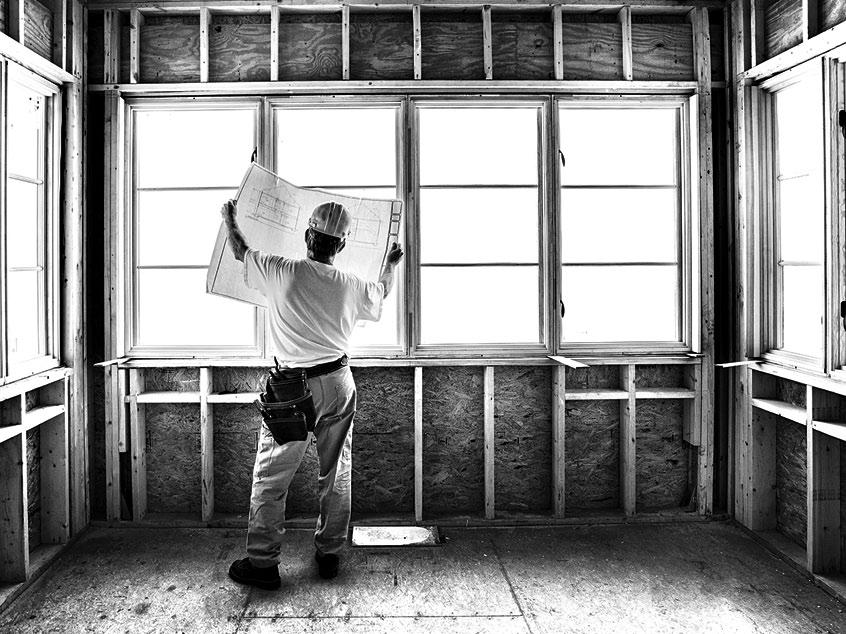
The global pandemic reignited people’s passions for home renovations, as they directed dollars that would normally have been spent elsewhere into the places where they were now spending the most time — their homes. According to the 10th annual Houzz & Home survey of more than 70,000 respondents in the United States, higher-budget projects cost around $85,000 or more in 2020, compared with $80,000 in the two years prior. Kitchen projects were the most popular among renovating homeowners. Even though many COVID-19-related restrictions have lifted and life has largely returned to regular programming, renovations remain a popular investment. Homeowners embarking on home renovation projects understand that a certain measure of upheaval is to be expected, but some may not fully anticipate the impact that renovations have on daily life. The following are some tips for making it through a lengthy renovation.
• Discuss the timeline with contractors. It may be easier to make a plan for how much life will be disrupted if you have an idea of how long the renovation will be (if everything goes according to plan). Sit down with contractors and have them spell out the minutiae of the project so you’ll be able to anticipate what’s going on day-to-day.

• Start at the right time. Some contractors may say they can fit your project into
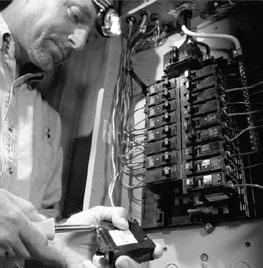
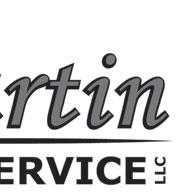
their schedules in between other jobs. While this may seem convenient and timely, your work may be put on hold if there are delays with the other job or jobs. Instead, it may be better to hold off until the contractors can devote the bulk of their attention to your renovation.
• Recreate commonly used spaces elsewhere. A kitchen or a bathroom remodel often requires giving up spaces that are used throughout a typical day. Unless you have a spare full bathroom or kitchen, you’ll need to make due. Set a microwave, tabletop electric burner and a coffee pot on a folding table in the garage or utility room. Rent or purchase a small refrigerator where you
can store a few necessities. Ask your contractor to set up a makeshift outdoor shower so you have a place to get clean when the bathroom is under construction.

• Pack up and cover. Remodeling one room may cause a trickle down effect on other areas. Dust from drywall sanding can infiltrate many rooms in the home. Pack and label boxes with items not immediately needed and store them in another area. Cover most things so a film of dust won’t form on them.
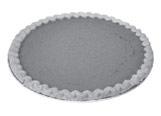
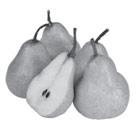


























• Adjust your schedule. Sleeping in will be a thing










Property setbacks as well as easements and conditions, covenants and restrictions (CCRs) must be considered before renovating an existing home or building a new one. Setbacks are mandated buffers between surveyed property lines and permanent structures. Easements are legal designations that enable individuals or entities to use portions of a person’s property for physical access or to build on it for one reason or another.

easements, according to The Spruce, a home and lifestyle resource. CCRs include rules established by many planned communities, subdivisions and planned unit developments.







CCRs, easements and property setbacks can affect which type of renovations are allowed on particular plots and may affect the issuance of permits. It’s essential to learn about property easements, CCRs and setbacks in advance and discuss them with contractors when drawing up preliminary plans. Your property deed or plat map as well as the local building inspection offices can highlight any regulations that may be in effect on your property and if they may affect future projects.
of the past for the duration of the renovation, as may be working from a home office. Try to get out of the work zone as much as possible for new scenery and respites from the noises and smells.
• Ease up on cleaning standards. It’s challenging to keep a home clean during a renovation. Relax standards and expect a mess for some time. Explain to guests what they’ll find if they drop by.

Renovations can disrupt life, but often are well worth the sacrifices homeowners must make to see them through to completion.

Easements may be owned by utility companies for gas lines or government agencies when sidewalks are on a private property. Additional examples of easements include greenbelt conservation easements, beach easements or view
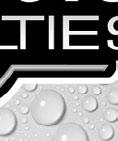
9
“Perpetual devotion to what a man calls his business is only to be sustained by perpetual neglect of many other things.”
~ Robert Louis Stevenson9


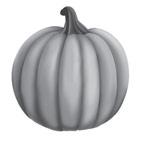
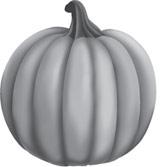





















Removing leaves from the yard is a task that homeowners must perform each fall. Thousands upon thousands of leaves can drop from a single tree. Multiply that by the number of trees on a property, and it’s no surprise the task of leaf cleanup can seem so daunting. Furthermore, not all leaves are shed at the same time, so several cleanup sessions may be necessary before the last leaf is banished from the yard. Just like removing snow, leaf cleanup can be a taxing job if done by hand. For people unaccustomed to exercise, cleaning up leaves can turn into quite a workout. According to the Discovery Health Calorie Counter, raking leaves for one hour can burn nearly 292 calories. Shoulders and arms will feel the burn. Raking leaves is considered moderate physical activity, similar to brisk walking. Those who find themselves straining or out of breath should take a break, and these tips also make the job


Comfort takes center stage each winter. As people look to stay warm, many may be quick to turn up the thermostat so their entire home is toasty warm. But much like cranking air conditioners during the dog days of summer, turning up the thermostat each time the winter winds begin blowing can prove costly for homeowners.
tection Agency, adding insulation in attics, crawl spaces and basement rim joists can help homeowners save as much as 15 percent on heating costs.


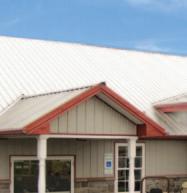
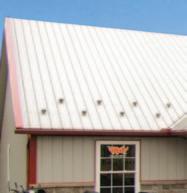
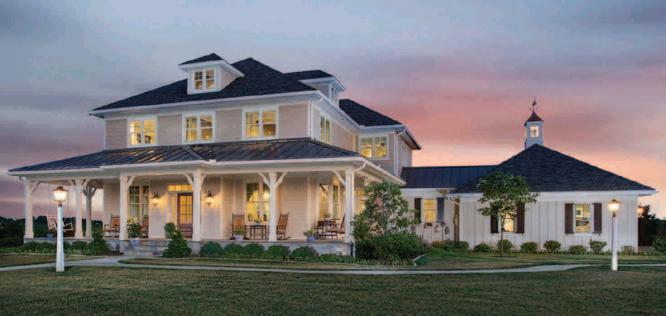
• Lower the temperature on your water heater. Another way to trim your energy bill this winter is to lower the temperature on your water heater. The U.S. Department of Energy notes that, for every 10°F reduction in temperature on their water heaters, homeowners can save between 3 and 5 percent on their water heating costs.

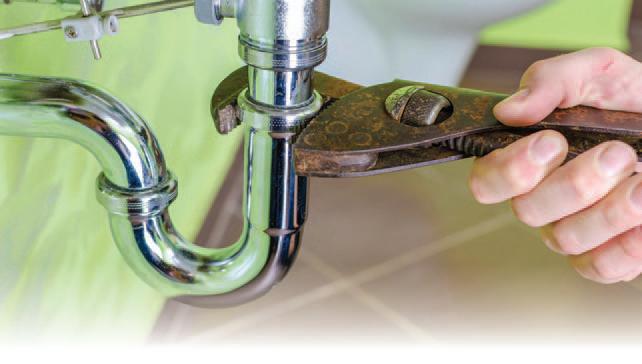
safer and easier.


• Wear layers when cleaning up leaves. It may be cool at first, but it’s easy to work up a sweat after raking for awhile. Layers can be peeled off so as not to get overheated or risk hypothermia from sweating in chilly temps.
• Pay attention to your posture while raking. James


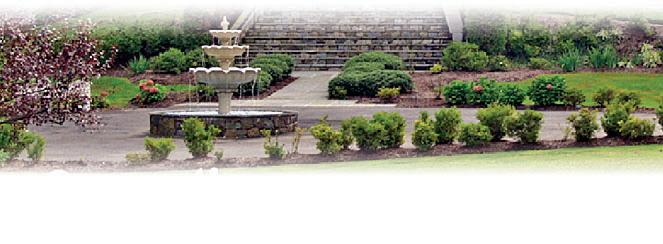

Weinstein, chairman of the Department of Orthopedics at Dartmouth Medical School, recommends forming a wide base with the feet and holding the rake slightly toward the end of the handle with one hand three-quarters of the way down the handle from the other. Do not twist the spine; move your entire body. Avoid overuse of muscles on one side of the body by switching sides periodically.




• Do not try to rake or blow leaves on windy days. Wind will only make the task that much more difficult, which could lead to overworking oneself.
• Avoid overfilling bags.
For those who plan to mulch and bag leaves, remember that compressed leaves can get heavy pretty quickly. Do not over-fill bags, as they can be hard to move or bring to a recycling center.
Using a leaf blower to push leaves into piles will reduce the strenuousness of the task, but leaf blowers can be heavy and noisy and gas-powered blowers can produce a considerable amount of exhaust.




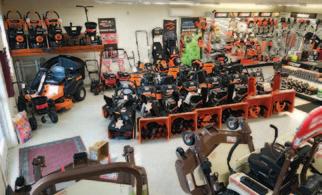
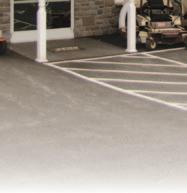


Raking leaves can be quite a chore. It is important that homeowners take steps to prevent injury while cleaning up leaves in their yards.

According to estimates from the National Energy Assistance Directors’ Association, homeowners spent an average of $911 on home heating costs in the winter of 2019-20. The winter of 2020-21 could prove even more expensive, as the COVID-19 pandemic continues to force much of the world to practice social distancing. That means many professionals are still working from home fulltime, while even those who aren’t are no doubt spending more of their free time at home. All those hours spent at home figure to increase reliance on heaters this winter, which means heating bills are likely to go up as the temperatures go down.


Finding ways to save on heating costs will no doubt prove a priority for many homeowners this winter, and the following are some ways to do just that.

• Add insulation. Extra insulation throughout the house can dramatically reduce home heating (and cooling) costs. According to the Environmental Pro-












• Close the flue on your fireplace. Fireplaces can keep a home’s inhabitants warm in winter, but only when they’re in use. When they’re not being used, fireplaces can allow heat to escape a home. When the fireplace is not being used, close the flue to prevent heat from escaping the house. Keeping all windows and doors closed throughout the day is another way to prevent unnecessary heat loss.



• Have your HVAC system serviced before winter begins. Inefficient HVAC systems cost homeowners considerable amounts of money each year. Annual maintenance performed by a certified HVAC professional can ensure filters are clean and operating at peak efficiency, saving homeowners the costly trouble of having to turn up the thermostat to overcome dirty systems.




Home heating costs figure to increase this winter as people spend more time at home. Various simple strategies can help homeowners stay warm without overpaying to heat their homes this winter.

Renting an apartment has its advantages. When something goes awry, such as a leaky faucet or a hole in the roof, tenants aren’t responsible for addressing the situation. Nor are they required to pay for it.
One notable disadvantage to renting, however, is the all too common issue involving space. Many apartments simply can’t provide the amount of space most tenants would prefer. As a result, tenants are routinely looking for ways to make the most of their existing spaces or constantly on the lookout for the next apartment, which might offer more of this precious commodity than their current domicile. For those among the former group, the following tips can help make even the tightest of quarters into more livable.
• Embrace function over fashion. Multifunctional items and rooms are an apartment dweller’s best friend. When buying furniture, look for items that can serve multiple purposes. A storage ottoman, for instance, makes a great place to put your feet up, but it can also store a host of items and save space in the process. Certain rooms, such as an eat-in-kitchen or small dining area, can double as a home office for anyone whose laptop computer is their primary tool for connecting to their office’s network. Men and women who call a studio apartment home might consider a futon
that pulls double duty, working as a couch by day and a bed by night.
• Think vertical. Traditional storage space, like closets, is typically limited in apartments. But vertical storage units, be it tall bookshelves or even open shelving above doorways, can make up for that lack of closet storage space. For those without adequate room in their bedroom closet, an armoire can make up for that missing space.
• Go sparingly on the furnishings. One advantage to a smaller apartment is such apartments don’t cost nearly as much to furnish. If an apartment is on the smaller side, go easy on the furnishings. It’s not necessary to purchase an entire living room set. Instead, a couch and an armchair might be good enough. Filling a small apartment with furniture will only make the place uncomfortable, so leave some room to breathe and walk around. A good rule of thumb many apartment dwellers operate by is to limit each room to one large piece of furniture. In the bedroom, the large item is the bed while the living room features a couch with some smaller additional seating (i.e., an armchair).
• Become an illusionist. Mirrors can make a small room appear larger. A mirror reflects part of the room, making that room appear larger even though it’s not. Floor-length mirrors tend to work the best, but wall mirrors can also make a room look and feel larger than it really is.
Veteran homeowners recognize the value of remodeling their kitchens and bathrooms. Kitchens and baths tend to appear dated more quickly than other spaces, such as living rooms and bedrooms, which can always be revamped with some fresh paint and new furnishings.
The home improvement pricing resource Home Guide indicates an average bathroom remodel costs anywhere from $5,500 to $15,000 depending on the size and scope of the renovation. However, a bath redo can increase a home’s resale value and can return as much as 68 percent of homeowners’ investments.
As homeowners plan their bathroom renovations, it’s a good time to consider improvements that will improve function and add design appeal for years to come.
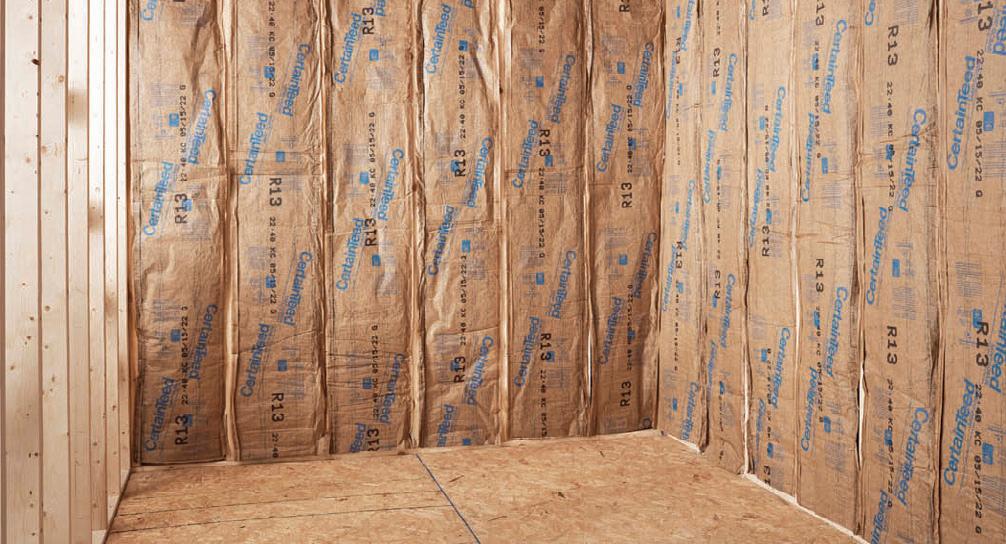
• Floating vanity: Add an airy feeling to the room by creating space between the vanity and the floor. A floating vanity can be a counter with a vessel sink or even have cabinets, as long as the vanity doesn’t extend to the floor.
• Freestanding traditional sink or tub: There’s something elegant about a freestanding tub or pedestal sink. Such features can lend a classic vibe to a space. However, freestanding fixtures also come in modern or eclectic forms, so there are options for any design style.
• Frameless showers: Switch to a walk-in shower option, which improves aesthetics and makes it easier to “age in place” in a home.
WINTER IS COMING!!
IDEAL FOR HOME, FARM, OR SHOP •
Pair that frameless shower with clear glass shower doors so sightline in the space remains unencumbered.
• Natural textures: Create a calm and serene sanctuary in the bathroom with light, natural hues and materials. Nature-inspired colors on tiles, walls and vanities can add to the spa vibe.
• Dual sinks and vanities: With a double vanity, two
people can share the space and easily use the bathroom without getting in each other’s way. One vanity with two sinks works, but homeowners can create even more personal space by dividing vanities and mirrors.
• Small textured tile on shower floors: Small textures are appealing and add safety. The added texture and grouting will keep feet from slipping on wet floors. Also,
opt for mold-resistant grout to make cleanup even easier.

• Special shower heads: Invest in shower heads that can run the gamut from creating steam showers to rainfall effects. Some showers will have multiple shower jets to offer an invigorating experience.
• Improve drainage: Increase the diameter of the drain pipe in the bathroom from the standard to a twoinch drain pipe. This will reduce the risk of clogs and overflow leaks.
• Install a window: Natural light and air flow can reduce the risk for mold and mildew growth, and windows add some aesthetic appeal to a space. Just be sure to choose frosted privacy glass.
Additional considerations for a bath remodel include heated floors, well-placed and attractive storage options and a toilet enclosure (water closet) for added privacy. These and other bathroom renovation ideas can add value and improve the appeal of the room.

IN STOCK! WE DELIVER! CALL TODAY!
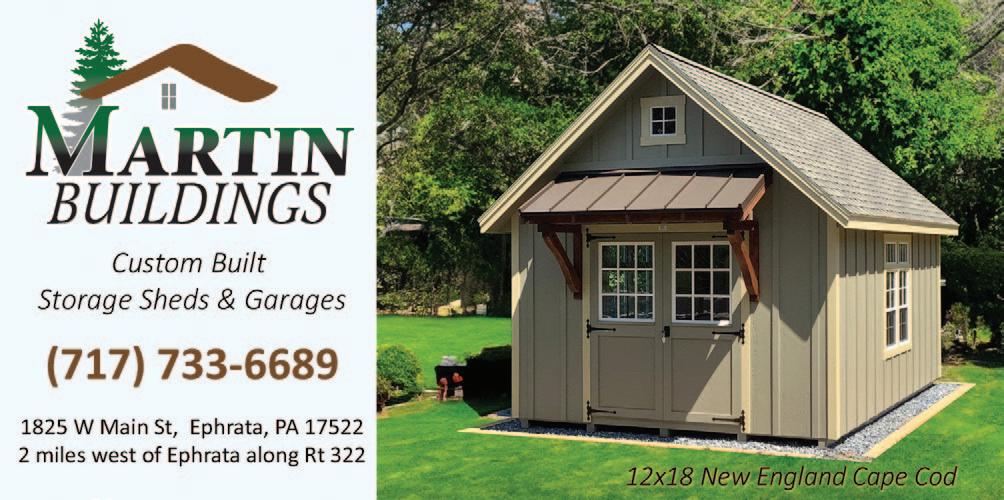
OUR SPECIALTY IS DISCOUNT BUILDING MATERIALS
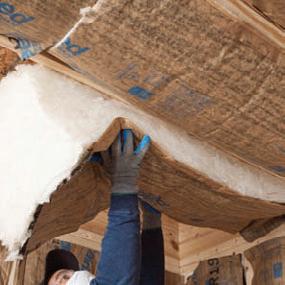


Dogs, particularly puppies, can be full of boundless energy. Channeling that energy into exercise with long walks or play sessions can help stem dogs’ propensity to get into trouble around the house as they burn off extra adrenaline. Pets who don’t have an energy outlet may chew off-limits objects or get into other mischief.


According to the American Kennel Club, the amount of exercise a dog needs depends on the animal’s age and breed. For example, border collies or Siberian
huskies may require much more exercise than English bulldogs, simply because the former are working breeds. Pet owners with large backyards often find those outdoor spots are ideal for when their dogs get the “zoomies,” something that tends to be a daily occurrence. Letting their dogs run around yards, whether on their own or chasing tossed tennis balls, is an ideal way to provide exercise and tire out pups. In such scenarios, it’s vital that pups have a dog-friendly yard in which to play. Use safe lawn care products
An expanse of grass is the perfect place to frolic or enjoy some sunbathing — for people or pets. But contact with chemically treated lawns can cause a number of health issues for dogs, such as allergies or intestinal upset.
Switching to native grasses can reduce the need to use chemicals to get lush lawns. When supplementation is needed, homeowners can switch to organic products or natural compost as safer alternatives than chemicalbased products.
Fence off the yard Off-leash running and
bounding through the yard will make any dog smile. However, a fence is a musthave to ensure a dog doesn’t become an escape artist. Be sure the fence is high enough so that the pup cannot jump over it. Burying chicken wire in the dirt beneath the lower edge of the fence also can help prevent dogs who like to dig from exiting by crawling underneath the fence.
Consider installing a lock on the fence gate so that no one can wander in and surprise the dog, which may startle the animal and prompt it to defend the property. A lock also helps prevent dog theft.
Keep the yard tidy
Maintaining a clean yard also is key to safety. Inspect the yard regularly to make





sure nothing is around that can prove harmful, whether it’s poison ivy, felled branches or broken fence panels. Also, keep shrubs and grass trimmed to reduce flea and tick populations on the property.
Avoid poisonous plants





Certain plants can be dangerous if they’re consumed by curious pups. Chrysanthemums, peonies, irises, and hydrangeas are some plants that can be poisonous. For a full list of poisonous plants, visit the ASPCA website (aspca.org). Keep an eye on animals
Dogs can spend some unattended time in the yard, but check in from time to time. Should wildlife get into the yard, dogs may get hurt by tussles or bites. Birds of prey, such as owls, hawks and even vultures, may attack small dogs in a yard.
According to Pat Silvosky, director of the Milford Nature Center in Kansas, some birds can be territorial. While they might not view a dog as an easy meal, they could swoop down and attack to defend territory. The same may occur with other wild animals.
A dog-friendly yard may require a little effort to create, but it’s worth a little sweat equity to keep pups safe.
We



















Owner of Hardwood Floors of Lancaster, Thomas H. Dux, has traveled the world to bring the best hardwood flooring companies to North America. From China, Taiwan and two companies from Quebec, Canada, Thomas is able to buy the best quality directly from the importer and not from distributors. Many flooring stores sell what their distributors have for them to sell, but Hardwood Floors of Lancaster are specialists in wood flooring and will work hard to find you a quality product at an affordable price.


If you cannot find what you are looking for, Hardwood Floors of Lancaster will make it for you.

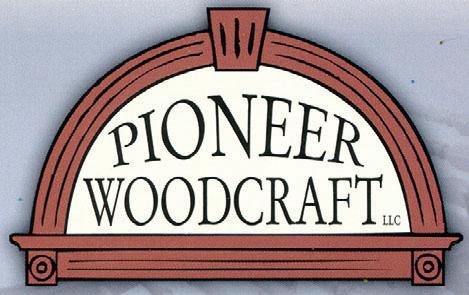
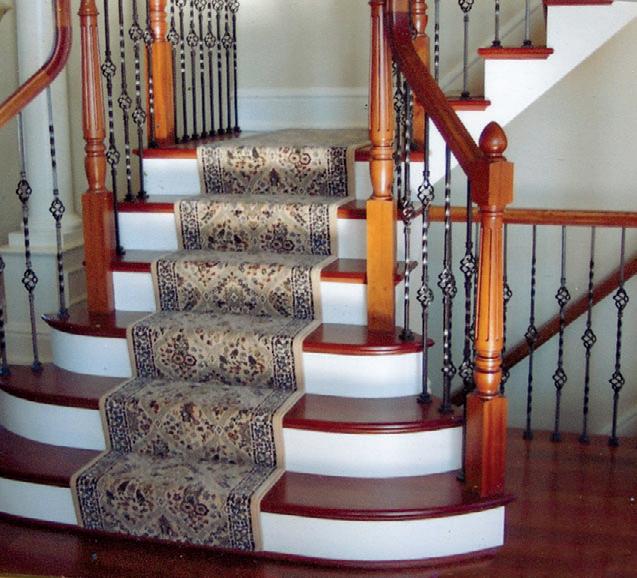

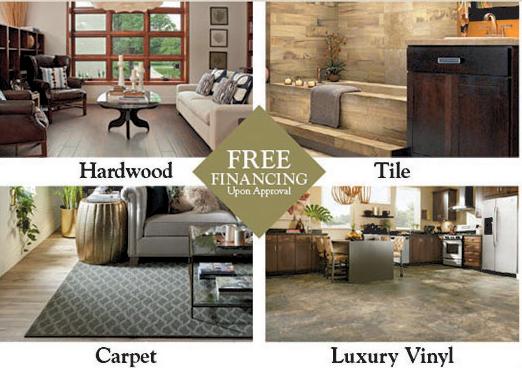




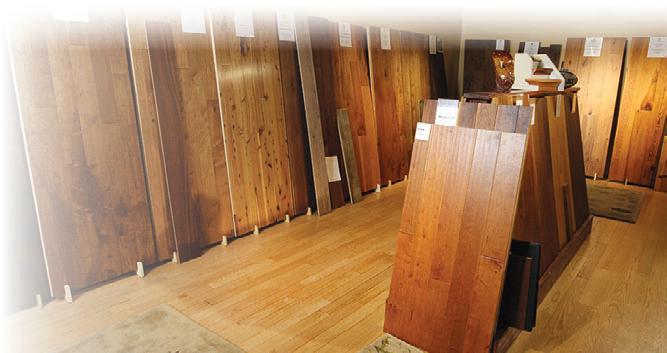
Not only will you find the best, affordable flooring at the store, but Hardwood Floors of Lancaster now offers customers a new way to refinish hardwood floors that promises to make everyone’s life easier. Vesting LED-Hardwax oil is a unique mix of oils, waxes, resins and additives with no VOCs. When it comes in contact with a hand-held LED light, the finish completely hardens in a split-second, leaving the wood surface instantly resilient, protected against dirt and moisture. “With Vesting LED, instead of curing by air, it’s cured by ultraviolet light,” Dux explains. This process makes it more convenient for homeowners who usually needed to stay off the floors until they were cured and hardened, which could take several days. Now with Vesting LED, homeowners can return to normal life within a few hours. The floors are also more resistant to wear and tear and easier to maintain and repair.
cost to the homeowner, Vesting LED speeds up the installation. You don’t even have to move all the furniture

room and then move back shortly so the other side
install, sand and finish old and new wood floors!
If you’ve slipped in the shower, stumbled on the stairs or taken a tumble on the terrace, you’re not alone. In fact, more than 5.1 million people report accidents and, tragically, nearly 6,000 die every year from accidental falls in the home.
Stairways, slick surfaces and uneven footing can create unexpected, but easily prevented, danger zones. With some simple safety precautions, you can help avoid slips and falls and keep your family safe.
1. Clear the stairs
Whether your home has interior, exterior or basement stairs, it’s important
to make them as safe as possible.
• Check to make sure railings and banisters are secure. Wood glue can secure loose balusters or handrails.
• Add lighting at each end of the staircase.




• Keep clutter off the steps.
• Use safety gates at the top and bottom if there are small children in the house.
• Paint the bottom stair of basement steps white so it’s easier to see.
2. Create safe surfaces Some surfaces are more prone to be slippery, especially when wet. Tile in the bathroom, wood on the deck and cement around a pool can be hazardous.

Use an anti-skid epoxy spray product, which

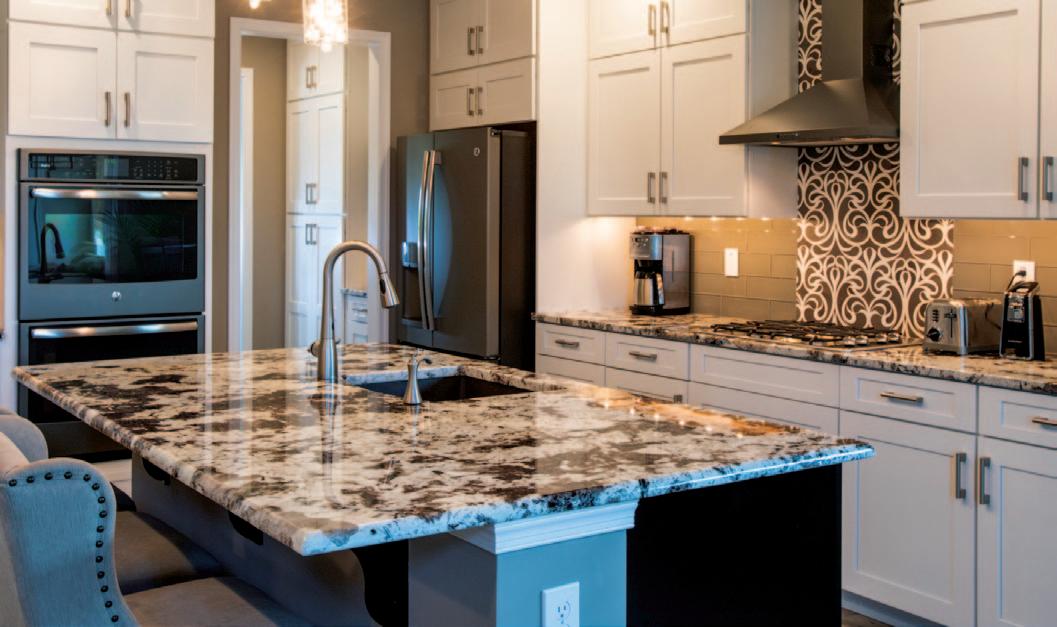
sprays feet-friendly grit on potentially slippery surfaces to increase safety. It comes in an aerosol can, which is perfect for covering small areas around the home and covers up to 15 sq. ft. Because it’s an epoxy, it is also extremely durable and chemical resistant.

3. Be tacky Loose mats, small rugs and loose tiles or cement can all create unexpected perils.
In the bathroom, make sure all bath mats have nonskid backing. An antiskid bath, tub and tile production will create a crystal clear finish with an acrylic coating and help with firm footing on tiles and in the shower or bath. It’s a nice choice because it won’t detract from the look, but will add peace of mind.
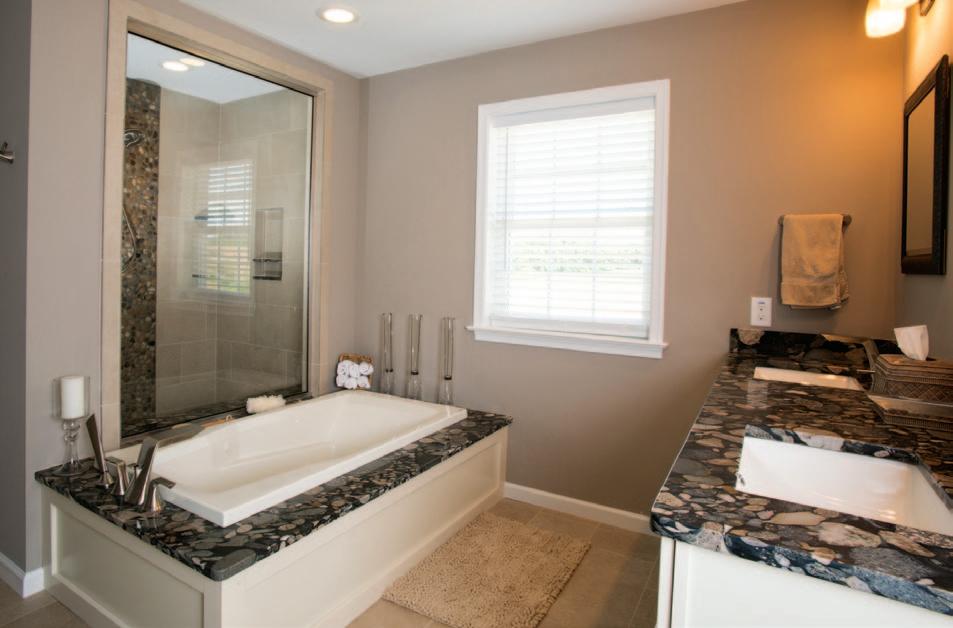

Small rugs around the house should also be tacked down with tape, or not used at all, especially around stairs.
Finally, don’t forget your home’s exterior. Walkways with loose or broken tiles, bricks or stones can create problems. Sometimes just pounding the loose stone back into place works great if the base is on dirt. You can use a level to ensure each piece is even.
It doesn’t take much time, effort or even money to make your home safe for your family. Common sense and simple precautions will keep you on your feet and free from slips, trips and tumbles.
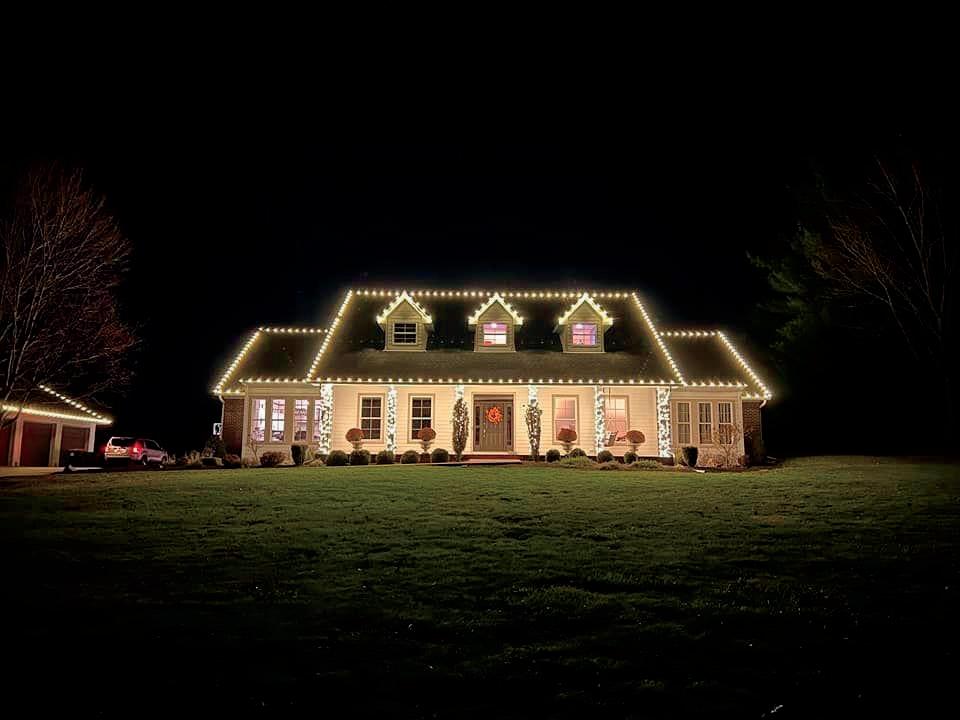
A traditional lawn may not be right for every property nor desired by every homeowner. There is no denying that lawns take time and effort to establish and daily or weekly maintenance to thrive. Homeowners who find that a traditional lawn is not practical can explore some low-maintenance alternatives.
Wildflower meadow
Homeowners with wide swaths of property may discover meadows are costand time-efficient. Stores sell special wildflower meadow mixes of seeds or homeowners can use wildflower plug plants throughout areas where grasses are left to grow longer. This natural area can be a home to wildlife and an idyllic backdrop to a home. Most meadows only require a spring or summer and autumn cut to thrive and look good.
Ornamental grasses
Partition areas of the property for ornamental grasses to grow. The gardening resource Elemental Green says ornamental grasses tend to be drought-resistant and lowmaintenance. They won’t need much fertilizer and are often resistant to pests as well. Ornamental grasses grow in tufts or sprays and

will not require mowing. However, they are not ideal for areas that get foot traffic.
Moss
Moss can thrive in shady areas and ones where the soil tends to stay a bit damp. Moss is velvety soft and green, so it can mimic the look of a traditional lawn but won’t require mowing
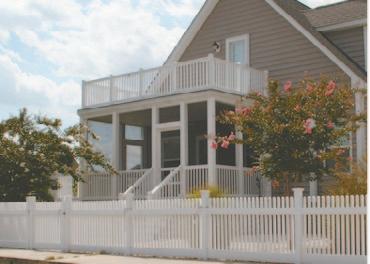




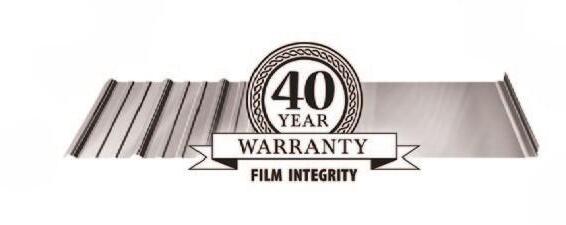
and other upkeep. Because it spreads quickly, moss can take over quite rapidly. You will need to protect areas where you do not want moss by creating barriers to stop spread.
Gravel







Stone and gravel areas can reduce maintenance in the landscape and require very little upkeep. When gravel is installed correctly, weeds may not grow readily. Gravel installation may include laying heavy-duty, semi-permeable landscape fabric, which is available in home improvement centers. Gravel is cheaper than pavers and can be just as beautiful.

Artificial turf
If the desired look is a lawn without all the upkeep, there are various artificial grass options on the market. Homeowners who opt for artificial turf can save money and space devoted to lawn mowers and other lawn tools. Grass may be ideal for some, but there are alternatives for people who have troublesome landscapes or desire a low-maintenance product for their homes.
It is important to pay attention to your children’s welfare when you begin home improvement projects. When remodeling, painting, or simply moving into a new home, substances may be present that potentially can be dangerous to children.
These simple steps, courtesy of the Environmental Protection Agency (EPA) can help you save children from environmental hazards in and around the home.



• Always store pesticides and other household chemicals out of children’s reach, preferably in a locked cabinet.
• Always read directions carefully because pesticide products, household cleaning products, and pet products can be dangerous or ineffective if too much or too little is used.


• Before applying household chemicals, remove children and their toys, as well as pets, from the area. Keep children and pets away until the substance has dried.
• If your use of pesticide
or other household chemical is interrupted (by a phone call, etc.), properly reclose the container and remove it from children’s reach. Always use household products in child-resistant packaging.
• Never transfer pesticides to other containers that children may associate with food or drink (like an empty juice container), and never place rodent or insect baits where small children can get to them.
• Wash children’s hands, bottles, pacifiers and toys often, and regularly clean floors, windowsills and other surfaces to reduce potential exposure to harmful contaminants.
• Get your child tested for lead as a safeguard.
• Inquire about lead hazards. When buying or renting a home or apartment built before 1978, the seller or landlord is now required to disclose known lead hazards.

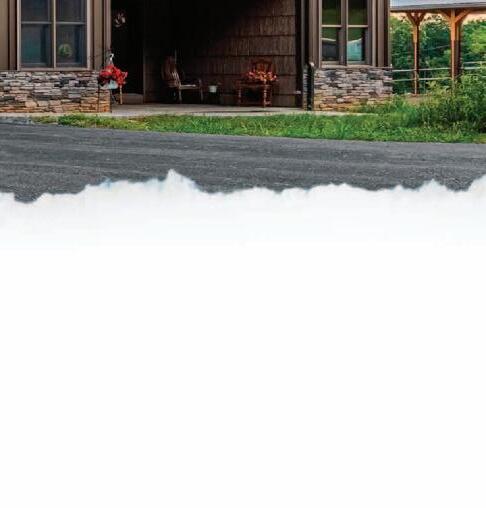
• Keep power tools and other tools away from curious hands.
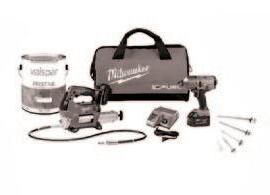
• Inhaled dust and debris can be as hazardous as some chemicals, especially for young, developing children.
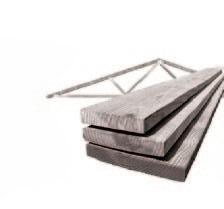
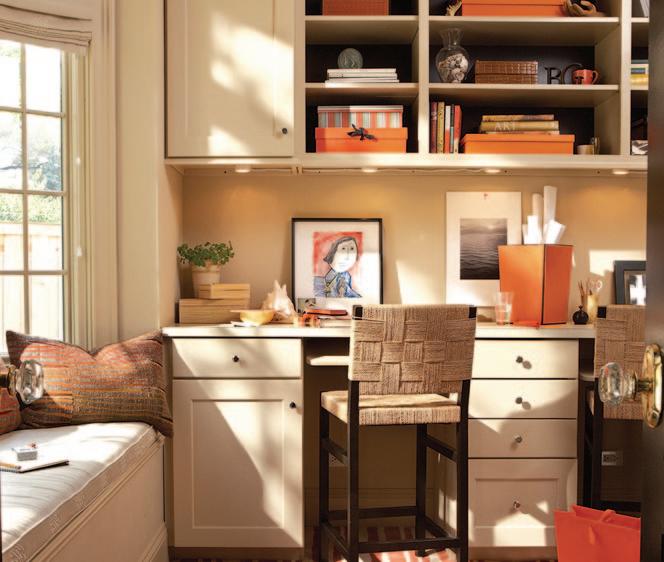
Remote working has become popular in recent years, but the “workingfrom-home” economy bloomed exponentially as the world was forced to confront the COVID-19 pandemic. According to Stanford economist Nicholas Bloom, as of summer 2020, 42 percent of the United States labor force was working from home full-time.
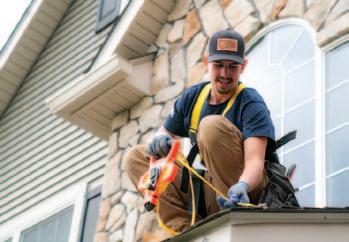
The need for home office spaces has increased as more people work from home. Many people have retrofitted various spaces around their homes into areas to get work done. More organized home work spaces can increase productivity. Individuals can follow these guidelines to create effective, organized home offices.
Begin with the desk
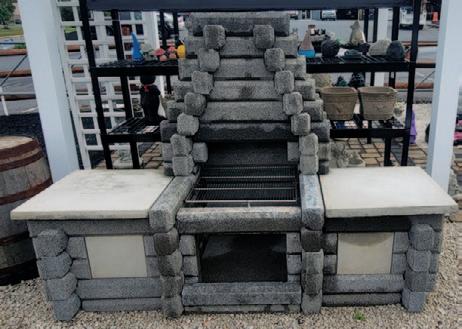
The desk is the primary spot where work will take place. The right desk accessories can provide visual appeal and also serve practical purposes. Have cups for holding pens and pencils, baskets and bins for larger items, and store
whatever you can elsewhere so it does not lead to clutter on the desk. Store wireless printers in a cabinet or even on a bookshelf so it doesn’t take up real estate on the desk.
Create a printing station
While you’re moving that wireless printer elsewhere, designate a space to serve as the central printing hub. This way children who need to print assignments for school will know where to go as well. Printer supplies like extra ink cartridges and
printer paper can be kept in decorative storage boxes nearby.



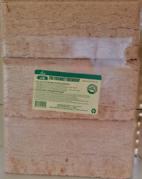
Increase your shelving
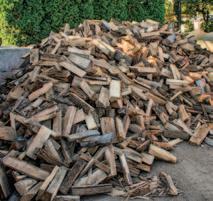
Shelving can help keep items organized and off the desk in home offices without closets or drawers. Look for shelves that blend in with decor but are sturdy enough to be functional.
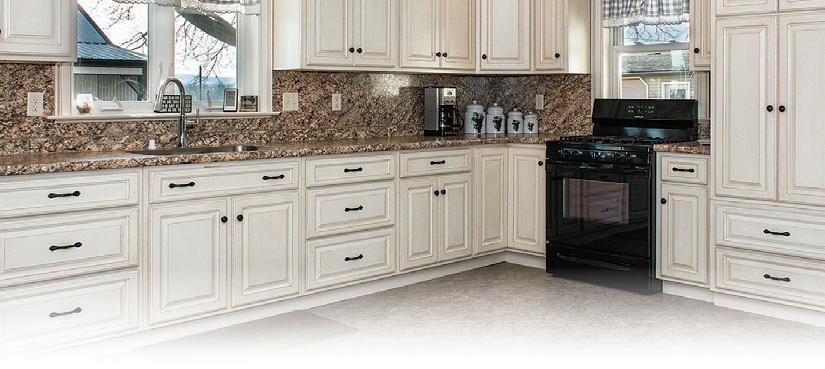
Organize paperwork

Figure out a system that works for you to help tidy up papers you choose to save. While some papers





can be scanned and stored as digital files, color-coded file folders can organize statements and other important documents. This makes it easy to find the folder you need when looking for certain documents.





Establish a charging station
Repurpose certain items, such as a desk organizer, into an easily accessible electronics charging station where phones and tablets can charge at one time.
Make essential binders
HGTV suggests making binders that can store the most important papers for easy access — even in an emergency. Set up a binder for automotive paperwork, including repair receipts, a medical binder where key medical records are kept, a binder for manuals for devices in the home, and one to store financial planning documents.

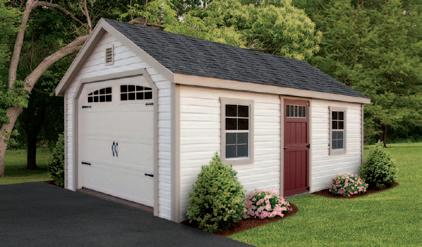

These organizational tips can help remedy common problems around a home office.
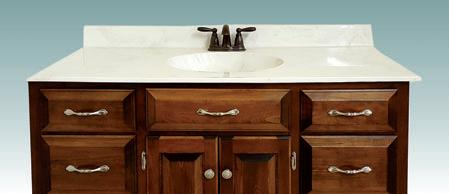

Disinfecting garden tools can help ensure the longterm health of plants and vegetables. According to the University of Minnesota Extension, plant pathogens, including bacteria, fungi and viruses, cause diseases that can damage and even kill plants. These pathogens can be transferred to plants and infect them through bits of soil and plant debris that get stuck on common gardening tools, including shovels and pruners.
Pathogens are microscopic and invisible to the naked eye, which is why even tools that appear clean may still contain harmful substances on their surfaces that can prove lifethreatening to plants.





Disinfecting tools at the appropriate time, such as when the tools are being stored in fall or before using them in spring or after using them to remove infected plants, can prevent the damage caused by invisible pathogens. Avoid using strictly bleach to disinfect garden tools, as the UME notes that bleach corrodes
metal and can therefore render tools that require sharp edges ineffective. A homemade solution that’s nine parts water and one part bleach can be used to effectively clean shovels, spades and rakes.


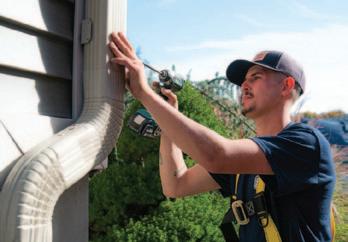
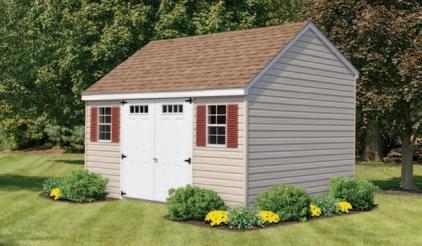

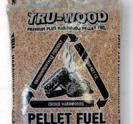

The Centers for Disease Control and Prevention notes that isopropyl alcohol (rubbing alcohol) in concentrations of 70 percent or more can effectively disinfect surfaces for bacteria, fungi and viruses. Such a solution can be used to disinfect hand pruners and other small hand tools. Store-bought cleaners with an active ingredient that is .1 percent alkyl dimethyl benzyl ammonium saccharinate also can be effective when disinfecting small hand tools as well as small pots and saucers.

Homeowners who don’t look forward to dusting off their rakes each fall might be happy to learn that mulching fallen leaves with a mower may be a healthier and less labor intensive way to confront a yard covered in leaves.
For 20 years, turfgrass specialists at Michigan State University studied how lawns reacted to having ground up leaves left on the lawn and the results were overwhelmingly positive. Researchers found that tiny pieces of mulched leaves eventually sifted down through the turf and provided the lawn with essential nutrients. Mulched leaves also served to control future weed growth by covering up bare spots between turf plants. Such spots typically provided openings for weed seeds to germinate and ultimately infect lawns. In fact, researchers found that mulching leaves for just three years could produce a nearly 100 percent decrease in dandelion and crabgrass growth. Homeowners with mulching mowers that also have bags can even help
Asphalt driveways do not last forever. Over time, weather and general usage can degrade the driveway surface, resulting in cracks, pitting and more. Ultraviolet rays, salt and automotive fluids also can affect the appearance and functionality of a driveway. An unsightly driveway can adversely affect curb appeal and resale potential.
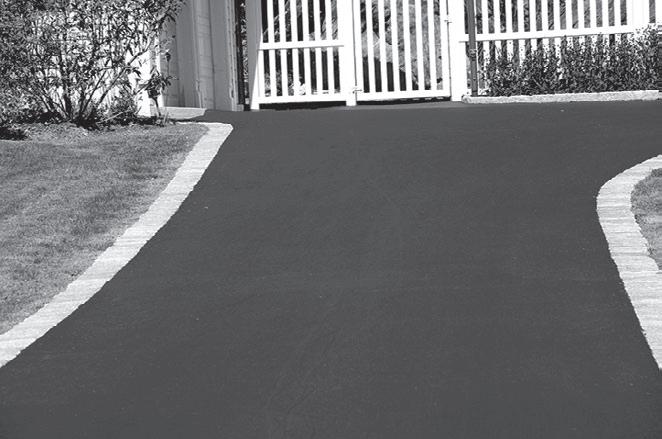

Homeowners have to consider various factors when it comes to repairing driveways. They may have the option of getting the driveway resurfaced, resealed or repaved, and each project is unique.
Resurfacing
According to the home improvement price comparison site Kompare It, resurfacing is simpler and faster than installing a new asphalt driveway. With resurfacing, any cracks are filled in to create an even base. Then a new layer of





asphalt is applied over the existing one. That new layer can range in thickness from 1.5 to 3 inches. A heavy rolling machine will then smooth and flatten the layers together. If the driveway has minor pitting or cracking, then resurfacing can be a cost-effective strategy, as it may be a $3,000 to $6,000 job as opposed to $5,000 to $10,000 with repaving. Resealing Resealing a driveway, also
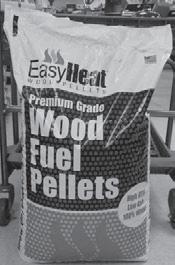
called sealcoating, is another repair strategy. HGTV says resealing can be a do-ityourself project. Resealing helps the driveway last longer.

The driveway needs to be clean and dry, with holes and cracks filled prior to sealcoating. Start at the far edge of the driveway and seal that area by “cuttingin” by hand for a neat edge. Afterward the rest of the driveway can be sealed using



a squeegee or broom. This project can be completed within two or three days if no precipitation is forecast.

Repaving
A project best left to professionals, repaving typically involves the removal of an existing driveway and the installation of a new one. The sub-grade layer is essential in the process for a smooth look.
Contractors also will assess soil and grading when doing work. The construction blog Main Infrastructure says the new asphalt driveway can vary in thickness between two and six inches, depending on budget and need. The contractor also can advise if full-depth asphalt application or an aggregate base is practical.
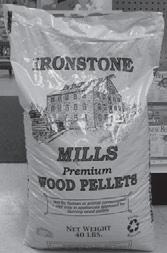

Assessing the condition of driveway can give homeowners a better idea about which type of repair project best suits their property.
9 9 9 9
their gardens by alternating using the mower with and without the bag on once leaves begin to fall. When mowing with the bag on, mulched leaves can then be used as mulch in landscape beds and vegetable gardens.

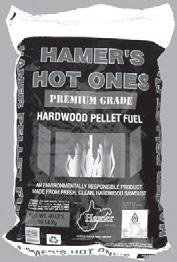

It’s time to have some work done on the interior of your home, and this year, you’re not going to be able to do it yourself. You’re going to have to hire a contractor, but you’re hesitant about that. You’ve

heard all sorts of horror stories about people hiring the wrong contractor and getting burned. To ensure that doesn’t happen to you, here are some tips for hiring a contractor. Be leery of any contractor who solicits business by going door to door or offers discounts for referrals.
Ask family and friends for recommendations. Make a list of potential candidates and contact each of them. Explain what kind of work you would like to have done and let the contractor take it from there.

The best contractors will schedule an appointment with you as soon as possible.

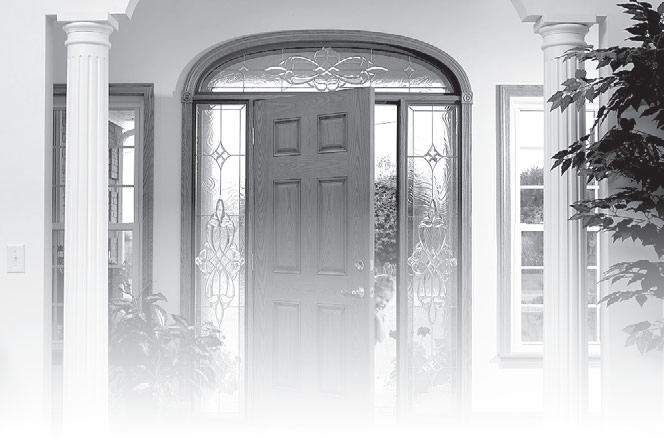


They will show up on time to the appointment, and if for some reason they will be late or unable to make it, they will let you know. At each meeting, you should find out how long the contractor has been in business and what type of work they specialize in. You should also find out what their training and qualifications are, as well as if they have liability insurance. Don’t take their word for it that they have insurance. Ask to see proof.
You should question each contractor about the job in great detail. Find out if they have any suggestions about what materials will work best for the project and how long they expect the job to take. Make sure the work will be done in a timely manner and will not be spread out over a long period of time. This is especially important if you are having work done during a busy time of the season.
Finally, find out how the contractor would like to be paid. Steer clear of contractors who charge by the hour. The smallest of jobs can wind up costing you a fortune when you pay by the hour. Steer clear of all contractors who want a substantial down payment or all the money before the job is started. You may have to provide some money upfront, but you should never have to give more than 50% of the total.

Get a written estimate


from the contractor of the type and amount of work you need done. Be wary of low estimates. Some contractors will give a lowball estimate on purpose so you will choose them. Then after the job is completed, they will present you with a final bill that is considerably higher than the estimate. You will have to pay the bill or the contractor will impose a lien on your home.



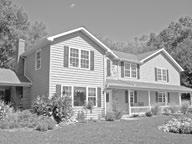
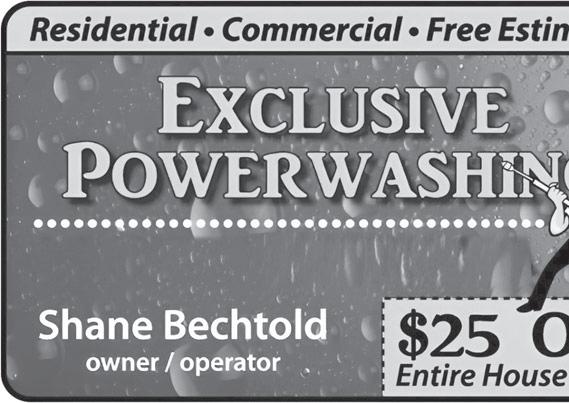
Double-check that the estimate covers all of the pertinent details, such as the type of paint to be used, the number of coats to be done and the areas to be painted. Every contractor has a different policy, so find out who will be responsible for moving the furniture and taking down any wall decorations and make sure that is included in the estimate.
Don’t be pressured by any contractor for an immediate decision, and once you select one, don’t agree to let them use your job as a demonstration or use materials left over from another job. The quality of materials a contractor uses is important, so if they show up with a large unmarked pail of paint or roll of wallpaper, speak up and ask them not to use it. You have no idea what the quality of the materials is.

When hiring a contractor, selecting the lowest bidder may not be the wisest course of action. You want someone who is experienced, reliable and insured. Remember, you will be giving the contractor access to your home, so make sure you choose someone you can trust.
Modern homes showcase many dazzling features, but perhaps none draw as much as instant attention as floorto-ceiling windows. Often seen in high-rise apartments that boast panoramic city views, floor-to-ceiling windows also are right at home in single-family dwellings.
Homeowners considering floor-to-ceiling windows may have lots of questions.
The following rundown can provide some basic information that can help homeowners decide if floorto-ceiling windows are right for their homes.
Cost
Cost is often the primary consideration when mulling a home renovation, and that’s even more significant as the world confronts the rising costs associated with inflation. The cost of installing floor-to-ceiling windows depends on a host of variables, including how many windows will be needed and where homeowners live. According to Modernize®, a service that facilitates connections between renovation-minded homeowners and local contractors, a floor-toceiling window wall costs somewhere between $700 to $1,600 per linear foot.
Framing and glazing will add to those costs.
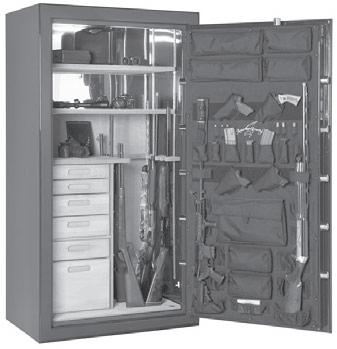
Homeowners considering floor-to-ceiling windows are urged to receive several estimates for the project prior to choosing a
contractor.


Lighting and energy efficiency





One of the more appealing

aspects of floor-to-ceiling windows is all the natural light they allow in. Of course, all that light also can drive up energy costs on
sunny summer days. One way around that is to install energy efficient windows. Such windows include extra insulation to prevent cool air from escaping the home on summer days, which can reduce the need to lower the thermostat on your air conditioning. A wall of glass also can provide less insulation against the cold. The extra insulation in energy efficient windows also helps keep warm air from escaping a home in the winter. Energy efficient windows may cost more than less efficient alternatives. However, over the long haul, a wall of less efficient floor-to-ceiling windows will likely cost more due to excess energy consumption.
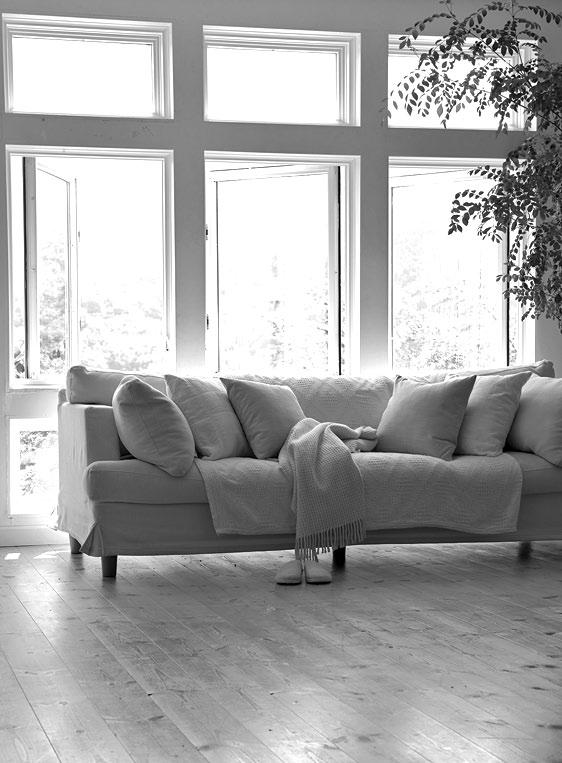
Privacy and fading

It’s easy to be overwhelmed by the view floorto-ceiling windows provide, especially in homes surrounded by serene
natural settings like woods or properties that abut waterways. But that view outward also provides a view in, potentially compromising privacy. All that extra exposure to sunlight also can cause fabrics to fade over time. Floor-to-ceiling blinds and shades can protect homeowners’ privacy and reduce fading on furniture, but this extra feature will add to the final cost of the project. Smart window tinting is another way to improve privacy and reduce fading, but this feature also will drive up the cost.
Floor-to-ceiling windows can be awe-inspiring. Homeowners considering such windows for their homes are urged to do their homework to ensure their homes are well-suited to this unique feature.
Prior to financing home improvement projects, homeowners typically consider a host of variables, including how significant a return they’re likely to get on their investment.
Though potential ROI is not the determining factor for most homeowners, the cost of home renovation projects is so significant that ROI certainly merits consideration. According to Remodeling magazine’s “2022 Cost vs. Value Report,” a garage door replacement recouped the highest percentage of homeowners’ initial investment in 2022. The average cost of such a project was $4,041 in 2022, and homeowners recouped roughly 93 percent of that investment at resale.

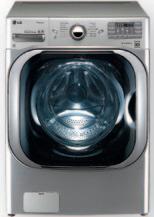






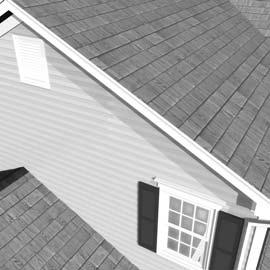




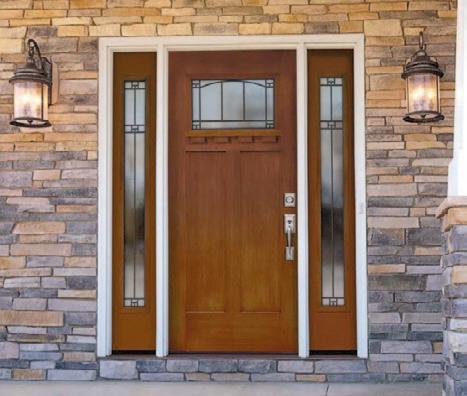
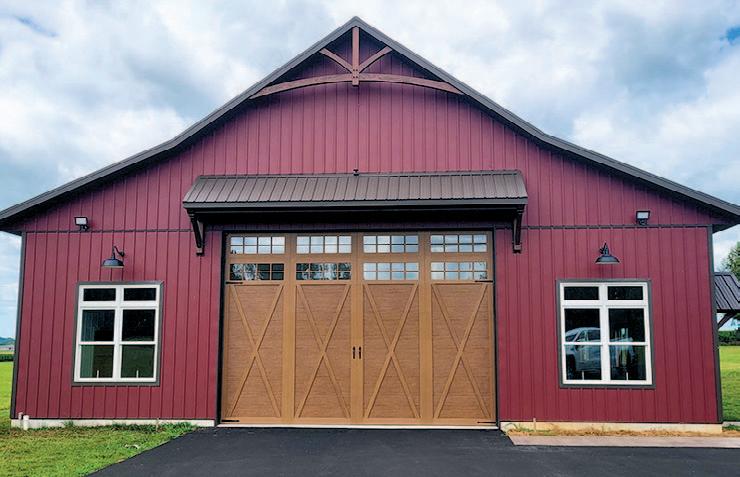
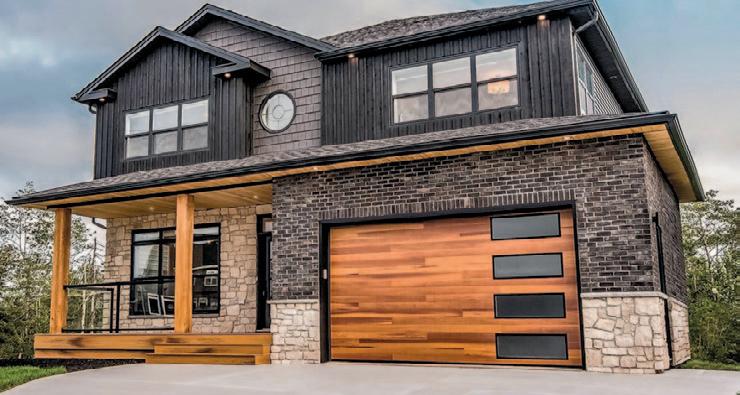
Replacement projects perform better in resale value than other types of remodeling projects. Siding-, window- and door-replacement projects all recoup between 69 and 78 percent of their initial costs. Replacement projects perhaps recoup so much value because, with the exception of roofing projects, each of the projects examined in the report are priced at less than $19,000. Replacement projects also tend to rely heavily on durable, low-maintenance products, reducing the overall cost of the project while helping owners eventually regain more of their investment. In addition, replacement projects are known to instantly increase curb appeal, helping homeowners make a strong first impression with prospective buyers.
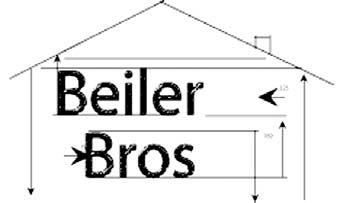
Perennials can add color and vibrancy to any garden. One of the more desirable components of perennials is that they come back year after year, meaning homeowners do not have to invest in a gardenful of new flowers every year. That can add up to considerable savings. Perennials often form the foundation of beautiful gardens.
Annuals only grow for one season, produce seeds and then die. However, perennials die back to the ground every autumn and their roots survive the winter. So the plants reemerge in the spring, according to The Farmer’s Almanac. Some perennials are short-lived, meaning they will come back a few consecutive years; others will last for decades.
Though planted perennials require less maintenance than annuals, they are not completely maintenance-


free. Certain care is needed to help perennials thrive, and that starts with the soil. In fact, soil is the single most important factor for growing healthy plants. Penn State Extension says most perennials grow ideally in well drained, fertile soil with a pH of 6.0 to 7.0. In addition, organic matter can improve soil texture and water-holding ability.
When including perennials in the garden, make sure you wait for the right time to plant them. The ideal time is during the spring or fall. Perennials come as container-grown perennials, which already have been established in the soil. Bareroot perennials are just roots that are often packed in peat moss. In order to plant bareroot perennials, soak the roots in water for several minutes before gently planting in the ground, indicates the how-to resource Tip Bulletin.
Perennials should be watered deeply, especially during the first growing


season. However, the soil should never be overly dry or wet. Most perennials do not need to be fertilized heavily. A single application in the spring typically is all that’s needed.


Care along the way can include deadheading spent flowers so that plants can use their energy on seed production and reblooming. Perennials should be divided when they grow large, every three to four years when the plants are not in bloom. Perennials produce fewer flowers or may look sickly when the time has passed to divide them. Early spring often is a good time to divide perennials, advises The Farmer’s Almanac.
A thick layer of mulch can help perennials to overwinter successfully. Perennials planted in containers will need to be transplanted into the garden before it gets cold because most containers cannot thoroughly insulate perennial roots.
Apart from these strategies, perennials pretty much take care of themselves. As long as sunlight requirements match plant needs, the perennials should thrive.

What old folk art form once served as an inexpensive alternative to wallpaper and floor coverings? If you said stenciling, you would be correct. People would often cut scenes and objects of everyday life into paper, apply them to their walls or floors, and paint them.
Stenciling is still popular today, but is much more convenient thanks to advances in technology.

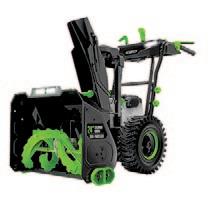


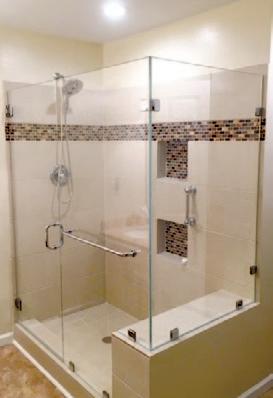
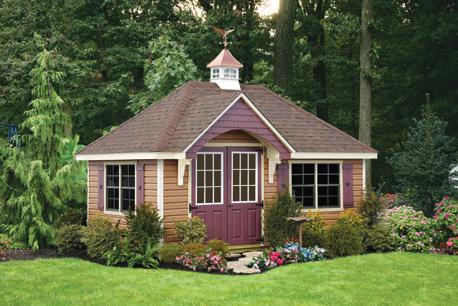
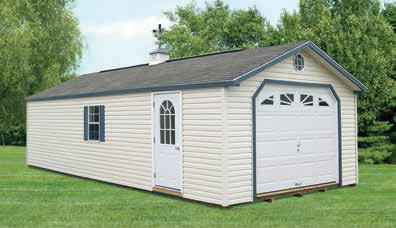
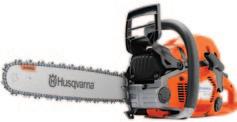



Unlike the paper stencils of yesterday which were easily torn, today’s stencils are made of plastic. You can buy stencils in almost any design and shape at various craft centers, or you can cut your own with a craft knife.
Along with the materials, the paint for stenciling has been updated. You no longer need to deal with drippy wall paint. Today you can buy small bottles of paint made specifically for stenciling. Thicker in texture, the paint is easier to work with. The brushes are circular in shape and work well for filling in tight areas of a pattern and controlling paint along curved edges.
Although today’s stenciling supplies make the job much easier than in the past,










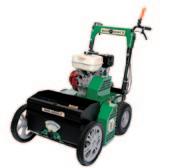
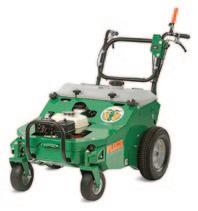


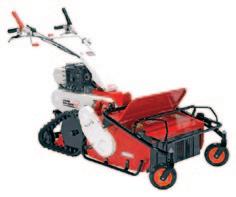


they are no guarantee for perfection. For the best results, you need to do a dry run. Grab a scrap of wallboard, tape the stencil to it with painter’s tape and practice applying the paint, using these steps:
1. Get out a brush for each color you plan to use. This will prevent the mixing of colors.

2. Working with one color at a time, dab some paint onto a brush. Be careful not to get too much paint on the brush or it will run behind the stencil.
3. Apply paint to the surface by lightly tapping the end of the brush onto it.

4. Continue filling in areas of the stencil until color is complete.
5. Clean brush and start applying the next color.
6. Repeat steps 1-5 until the stencil is complete.
7. Clean the stencil while work dries.
Once you get a feel for the paint and brushes, you can apply the stencil to the wall or floor. Before you start, line up the stencil on the surface and mark it lightly with a pencil for placement later. Continue with this procedure until you have made your way around the room. Then tape the stencil to the surface and get busy.
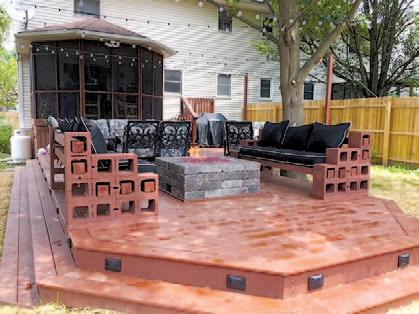
It might not take a home theater to enjoy the big game with friends or fire up family movie night, but a spacious entertainment room can certainly enhance such experiences. That’s especially true when homeowners give considerable thought to designing entertainment rooms. Film buffs and sports fans may have different notions of the ideal entertainment room, but the following are three design features that merit consideration by all looking to upgrade their entertainment spaces.
1. Screen



It’s easy to be overwhelmed by the sheer abundance of options when choosing a screen for an entertainment room. Televisions have long been a goto choice, but projector screens merit consideration as well. If the room will be devoted exclusively to entertainment, then a television or a fixed projector screen might be homeowners’ best bets. Fixed projector screens are installed on the wall and projectors are typically hung from the ceiling. Semi-fixed projector
screens provide a similar viewing experience but can be pulled down or retracted when residents are not watching a movie. Semifixed can even be installed in front of a television so residents can stream a movie on the projector and then watch television through a cable box when it isn’t movie night. Projectors often provide much bigger screens for a fraction of the cost of equally sized televisions. However, sports fans may prefer televisions, as live streaming sports has not yet caught up to streaming movies and TV shows in terms of reliability or even availability. As a result, many sporting events remain available via cable television only, while even those that can be streamed tend to have a few hiccups during the game.
2. Sound
Though televisions and projectors tend to come with built-in audio, the






















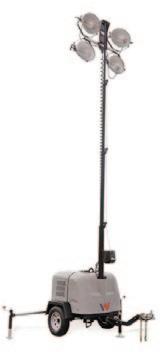


quality of that sound often leaves much to be desired.
So homeowners will want to choose a sound system that provides theater-quality sound. If the room is being renovated from scratch, such as a full basement remodel, installing speakers in the ceiling can create a genuine theater experience. Ceiling speakers also can be installed in existing rooms, though that will likely cost more and extend the time it takes to complete the project. Surround sound is a must in any entertainment room. Homeowners worried about wires need not fret, as modern wireless surround sound systems are available at many different price points. Some systems are better suited to small rooms than others, so homeowners should measure the room and choose a system that best suits its dimensions.
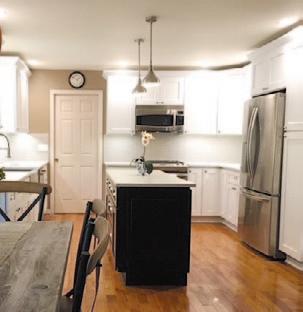
3. Seating


Whether you’re using the space to watch the big game
or fire up the latest blockbuster (or both), chances are you’re going to be spending considerable time sitting in your new entertainment room. A modular sofa might be ideal, as it can be reconfigured depending on what you’re watching and how many people are watching along with you. Comfort is indeed important, but you’ll also want seating that provides ample support so you aren’t battling any aches and pains once you leave the room. That support also can keep residents and guests from dozing off.
Everyone has their own ideas on what makes the ideal entertainment space. But sports fans, movie buffs and others can all agree that an entertainment room worthy of the big game or the latest blockbuster has a sizable screen, pristine sound and comfortable seats.

Vertex Mec hanical is the company on the East Coast to supply customers with the newLGH eat-Pump Wa te r Heater.Ver tex has been ser ving our region for over 20 years, and is pleased to provide this breakthrough tec hnology with our comm unity.
In addition to energy savings, the LG Dual Inver ter Heat-Pump Water Heater also the space,providing added comfort.






Users can expect to save $2,400over the course of 10 years compared to a conventional water heater. A full replacement warranty for 10 years in included.
